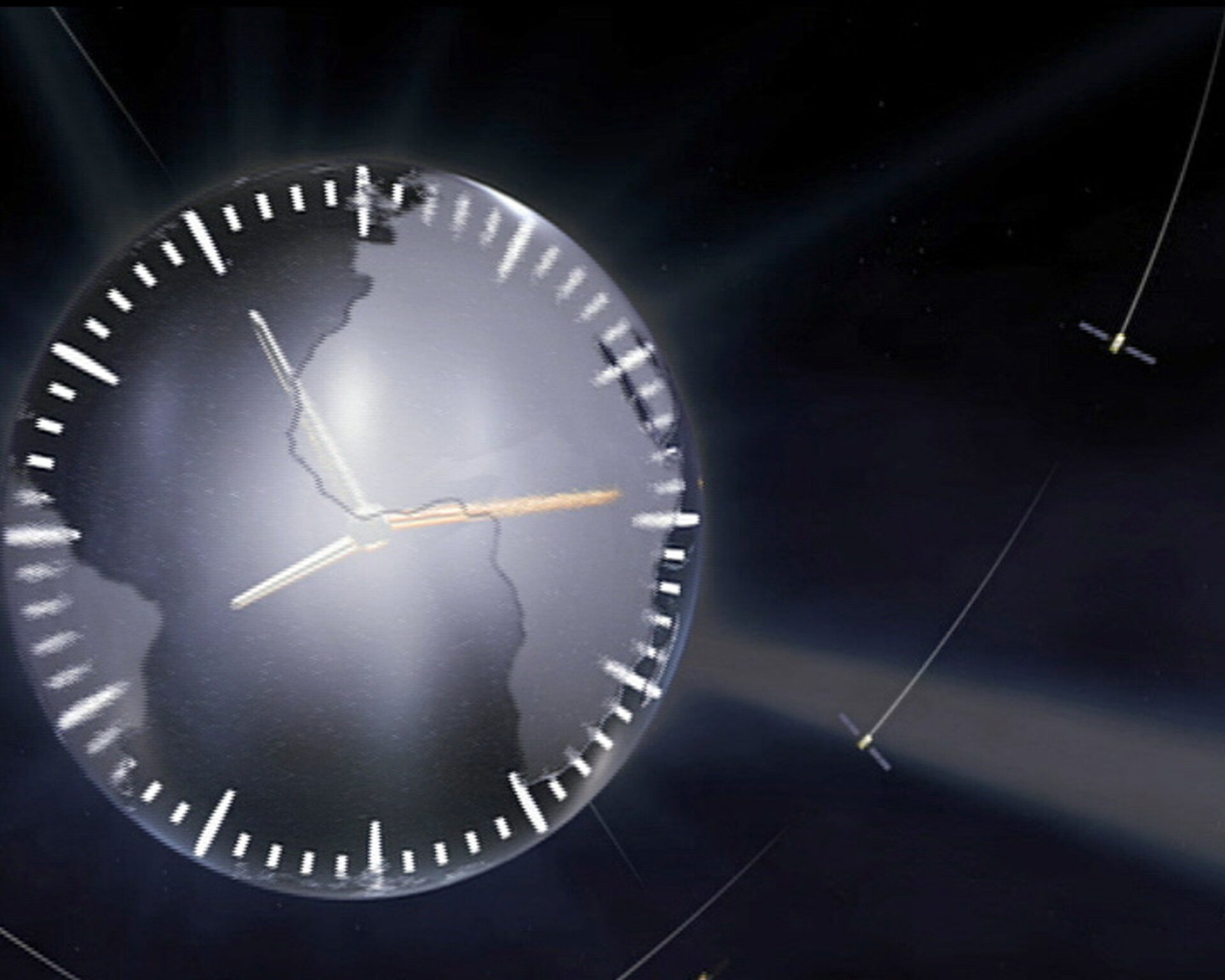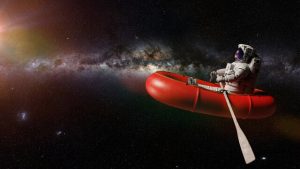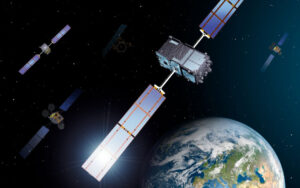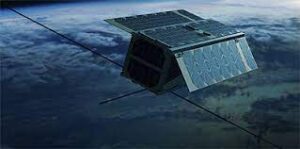The European Space Agency Determines New ESOC Time
23rd Feb 2022
When it comes to time accuracy on Earth, things are simple enough, no matter if we refer to UTC or GMT. But what about time in space? All space missions need to be perfectly synced, so the European Space Agency has determined a new time zone in space that will solve a lot of problems. It’s measured by two atomic clocks placed in ESOC’s mission control centre basement in Germany. This new achievement will enable multiple operational benefits for ESA missions, and the advantages do not end there!
ESA’s Use of Atomic Timekeeping
The two atomic clocks used by ESA are capable of determining time accurately within 5 nanoseconds, with respect to UTC. That may seem very complicated and, indeed, you won’t ever need this type of accuracy for day to day activities. However, when it comes to coordinating several agencies, thousands of people, and project phases that need to be precise to the nanosecond, atomic timekeeping makes a lot of sense.
As Einstein proved, time is relative, and the hour displayed on a clock is influenced by how fast it’s moving or how high above the Earth’s surface it is placed. So, a clock on the bottom of the Ocean will keep time differently compared to one on the top of Mount Everest. The comparison can go even further if we consider ageing, as the relativity of time is applied here as well. Two identical twins will age differently if one is speeding through space and the other one is on Earth.
All these factors make it impossible to know the precise time at any given moment anywhere besides your location and while precise time in various locations on Earth and outside of it may not have mattered in the past, it’s becoming extremely relevant nowadays.
Enter “Paper Time”
Before ESA invented this new space time, determined by atomic clocks, and even before we had vehicles capable of covering long distances, people defined their own time using the Sun’s movement. However, as technology advanced and relocation became more accessible, the need for a coordinated time increased. It all led to the adoption of GMT – Greenwich Mean Time – in 1884. In 1967, the Coordinated Universal Time was adopted, and it incorporated Earth’s rotation through 90 time laboratories situated all across the globe.
The International Bureau of Weights and Measures near Paris checks the results of all the laboratories and adjust them with leap seconds to correct the time for Earth’s rotation. However, that is still too slow for space missions and other projects, so the European Space Agency stepped up.
New Space Time through ESOC’s Clocks
The use of this new operational time that’s ready to be implemented on all missions without interruption is a remarkable achievement. ESOC time will greatly influence ESA’s abilities in numerous ways. It’s a direct link to UTC for all future projects, and it’s all thanks to the brilliant collaboration and work between the ESOC, ESTEC, and the ground stations.
The benefits extend to missions like the fleet of Earth observation satellites, to orbital observatories such as Gaia, or deep-space projects such as the Solar Orbiter. Future lunar operations are also among the projects that benefit from accurate space timekeeping. The ESA was appointed by the International Committee on Global Navigation Satellite Systems to come up with concepts for an interoperable GNSS time to facilitate lunar missions.






Thank you for your comment! It will be visible on the site after moderation.